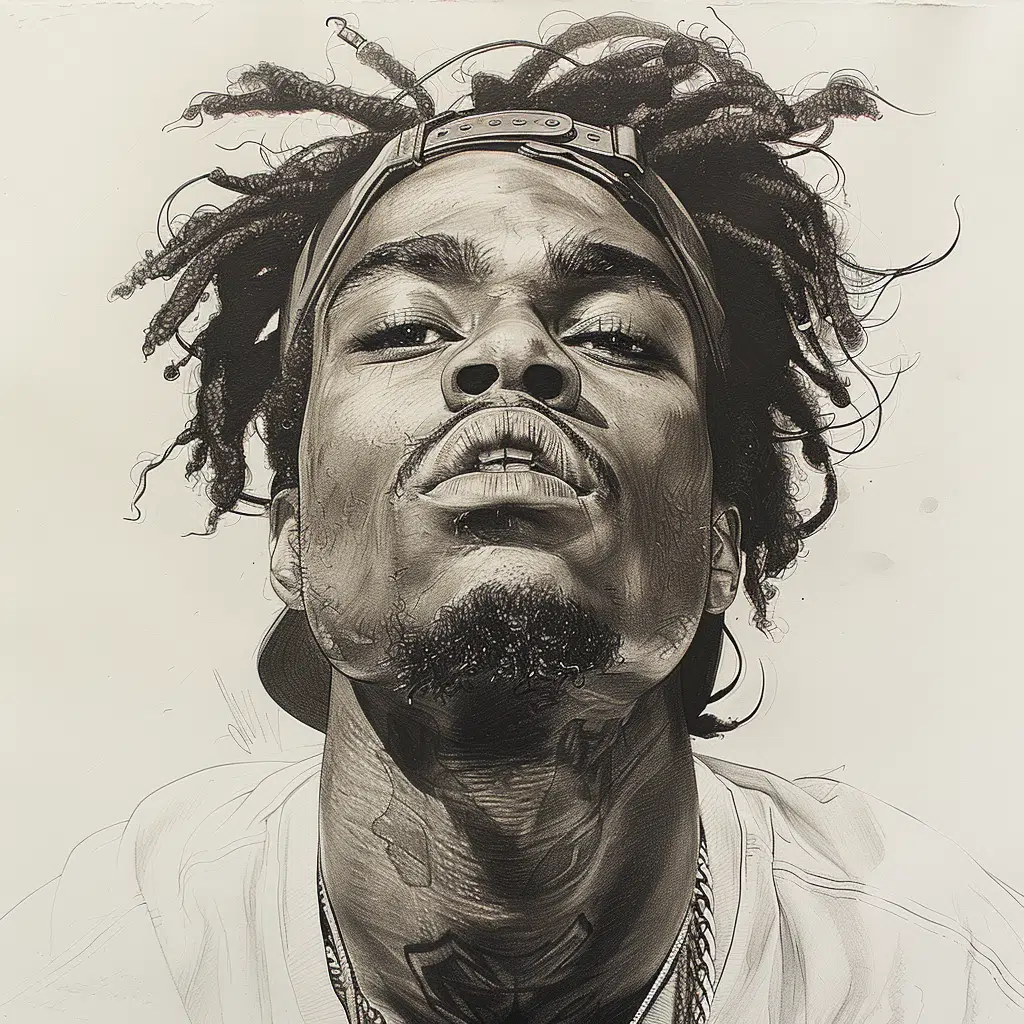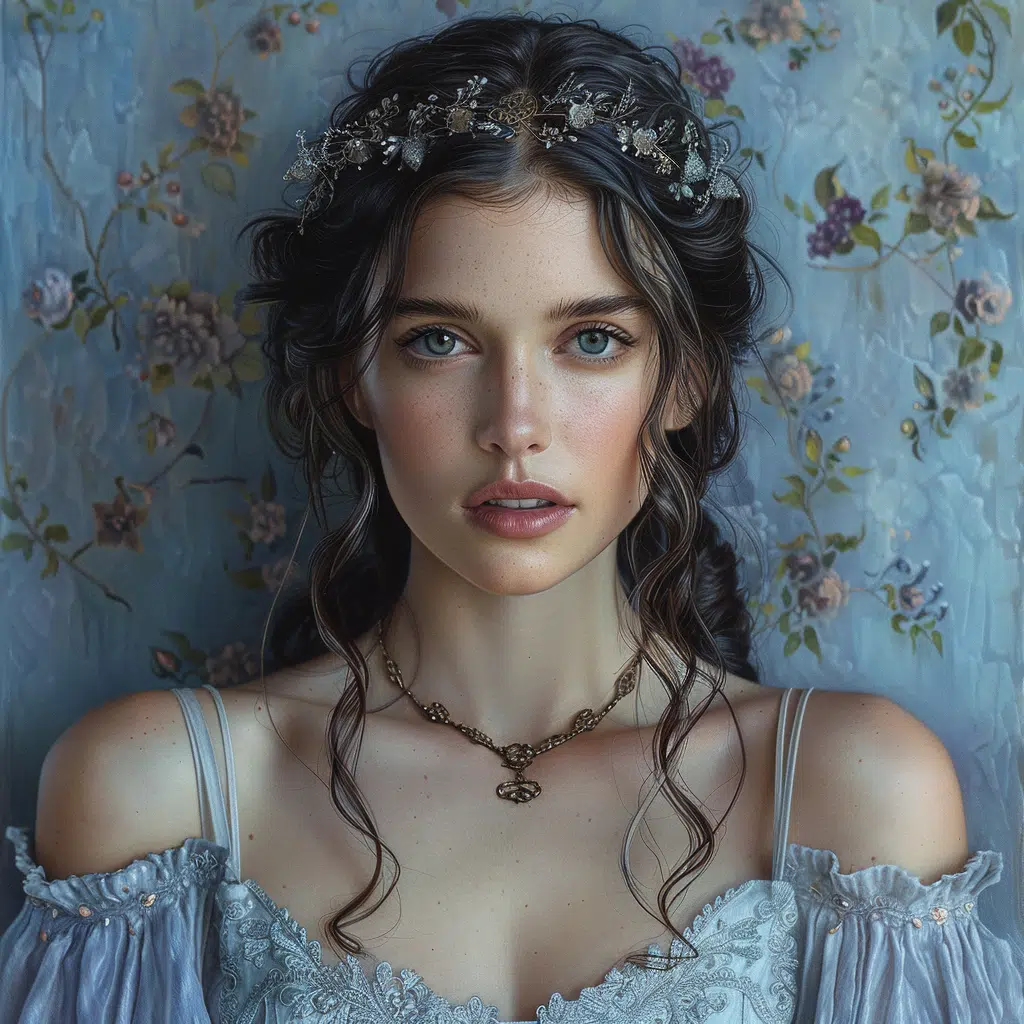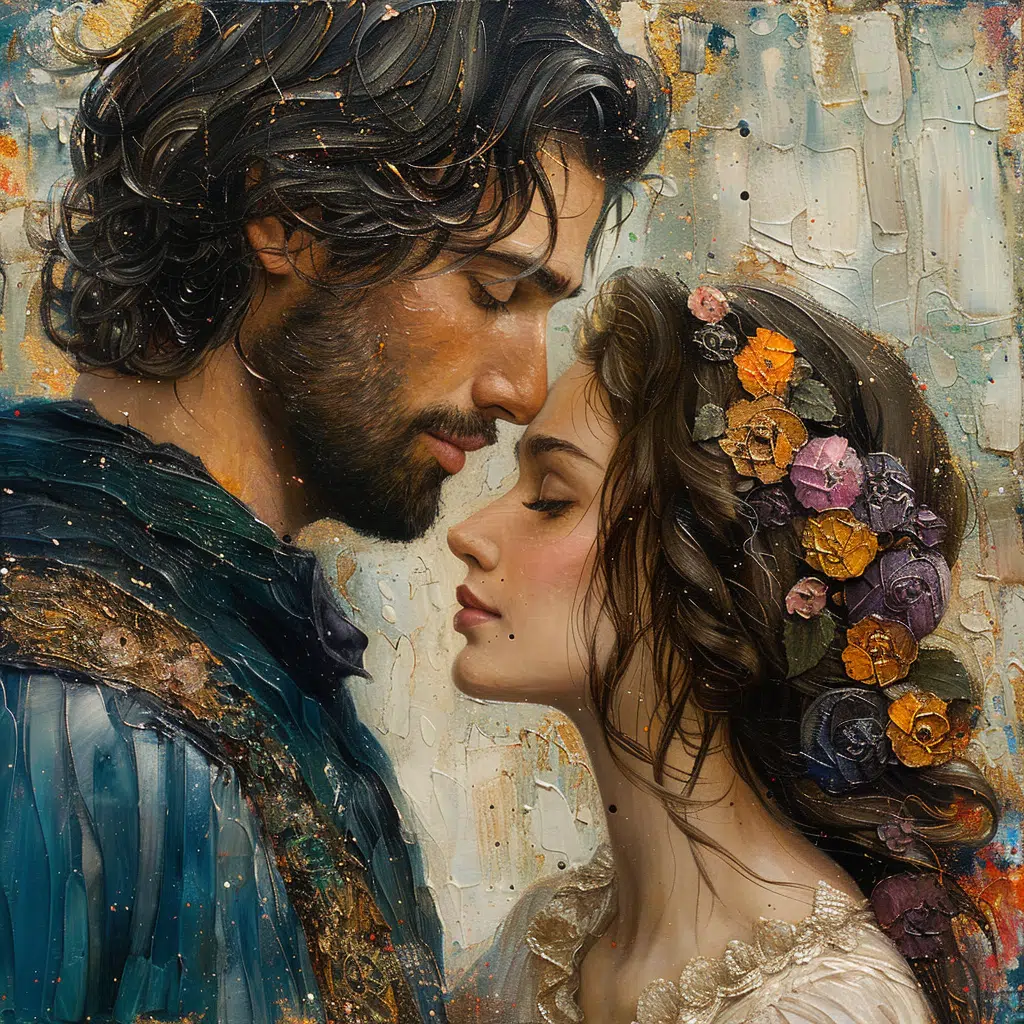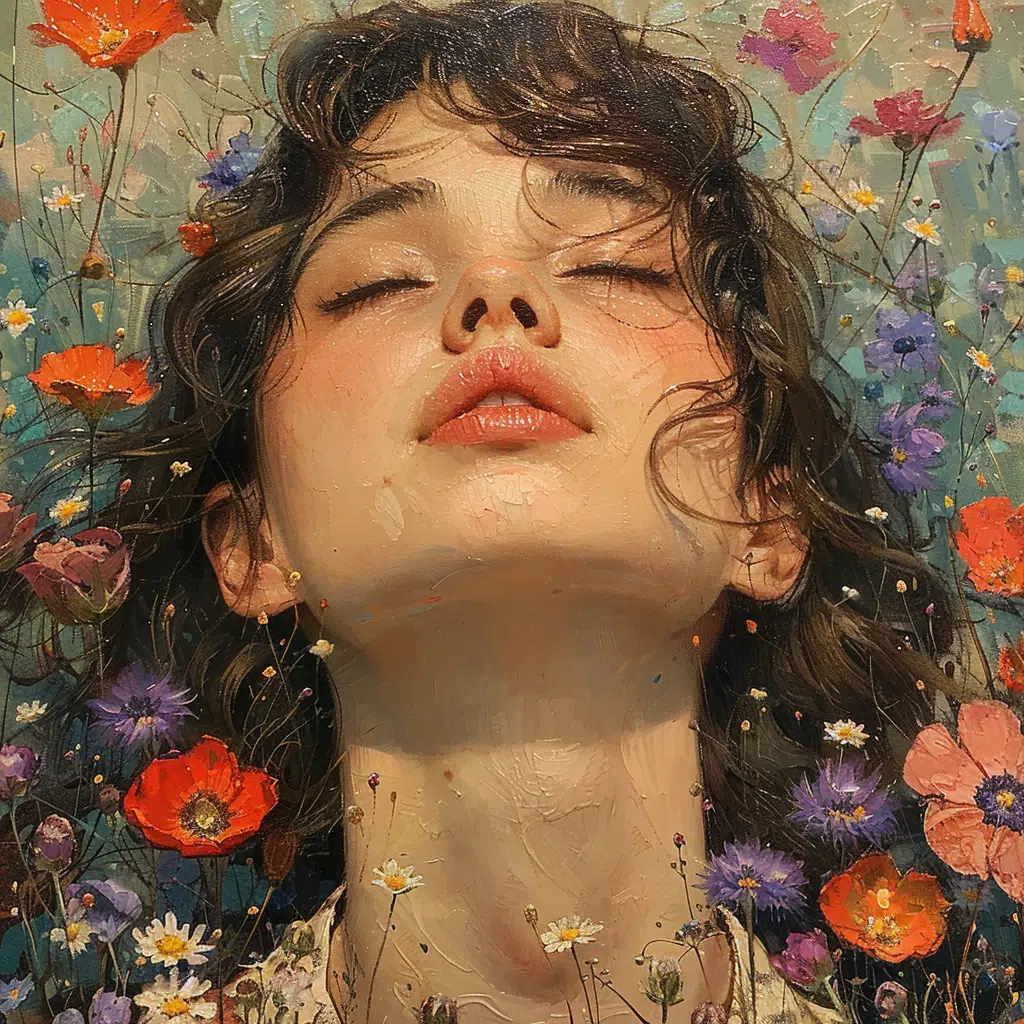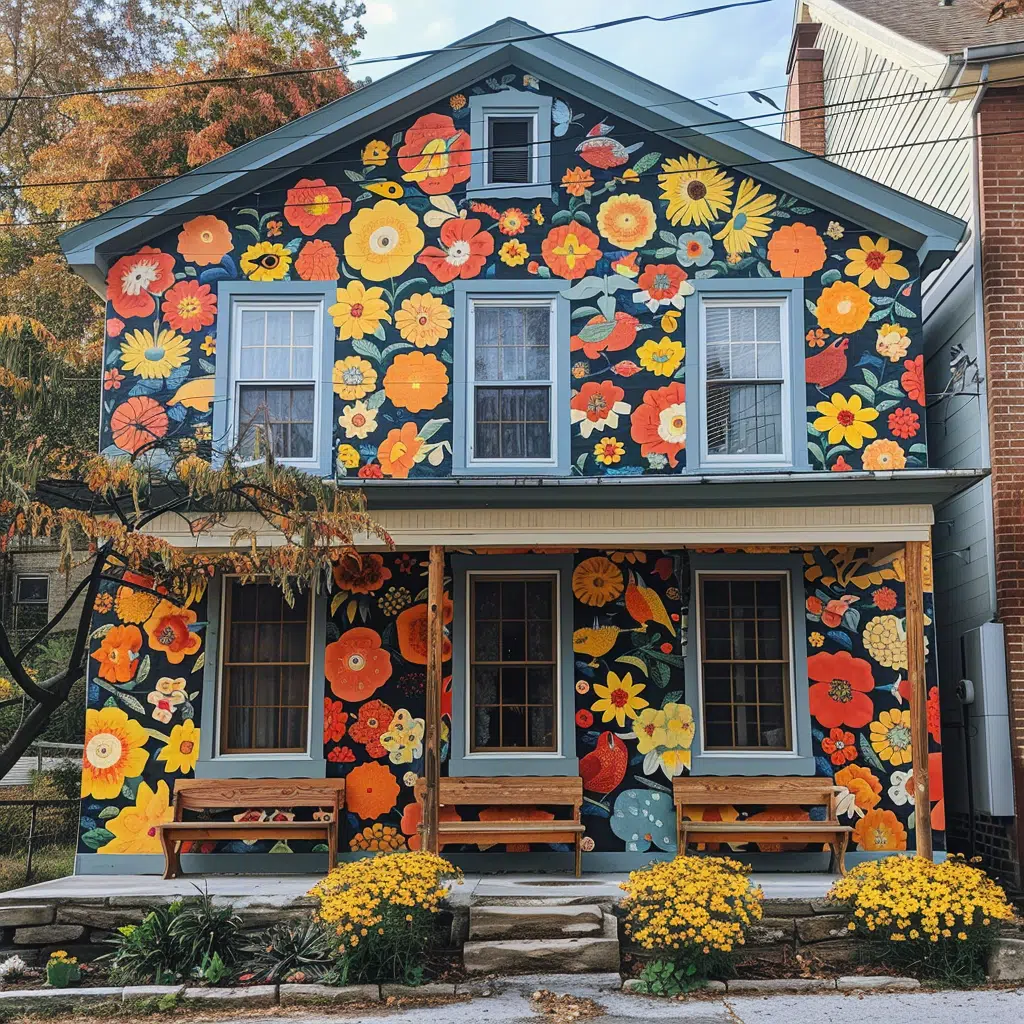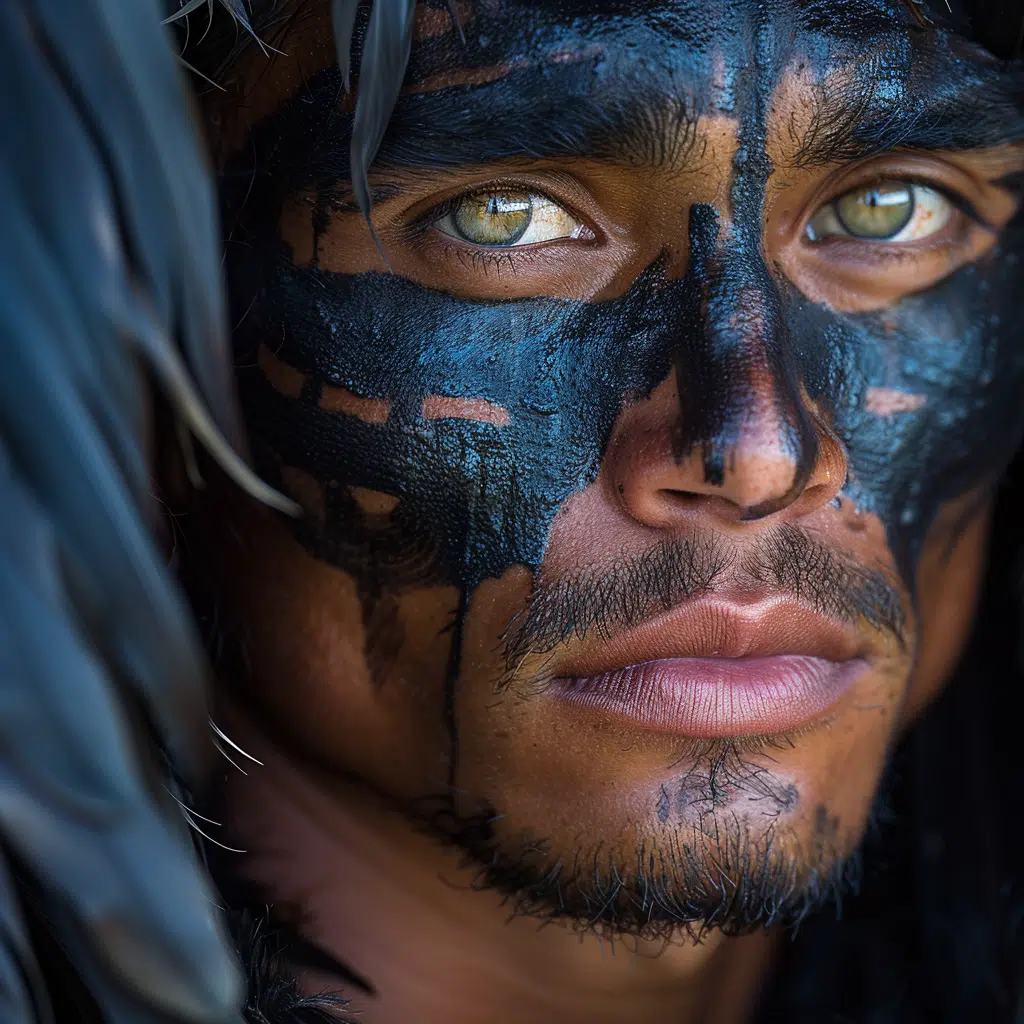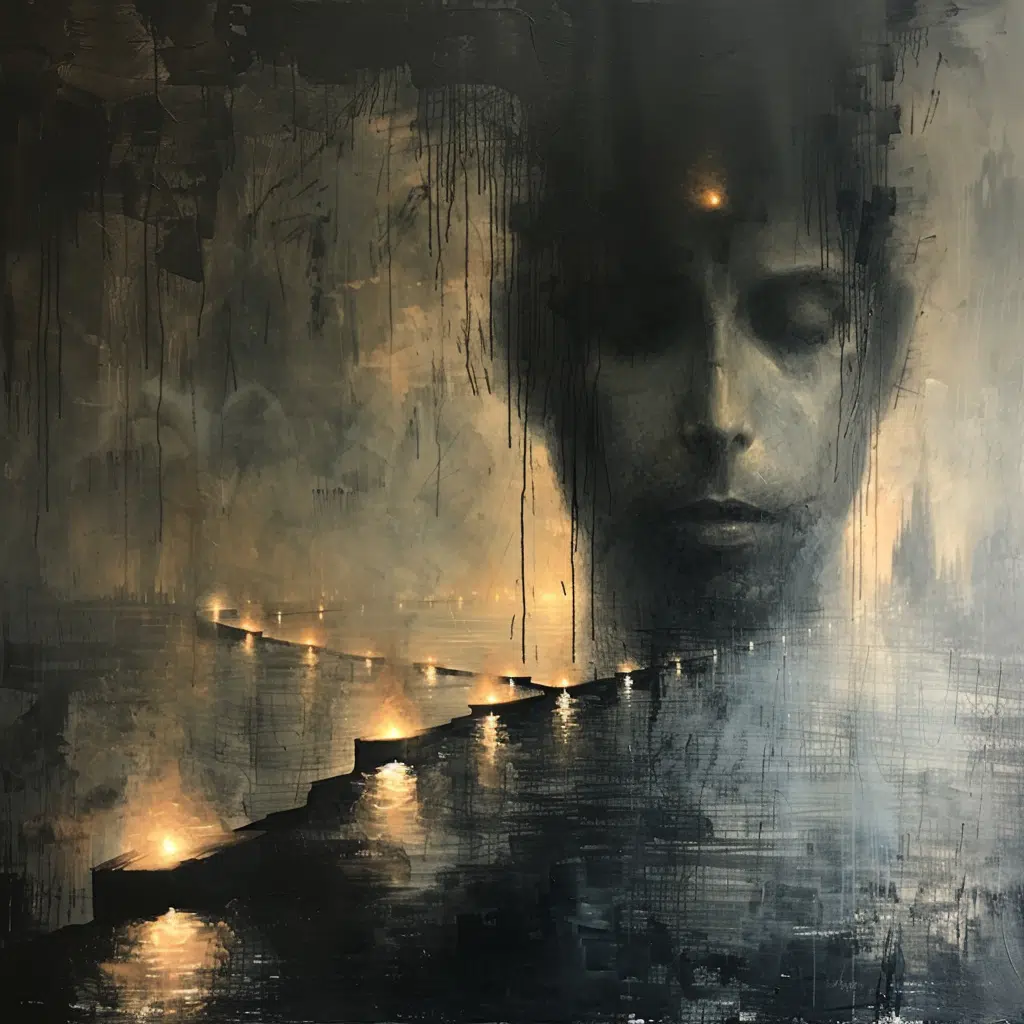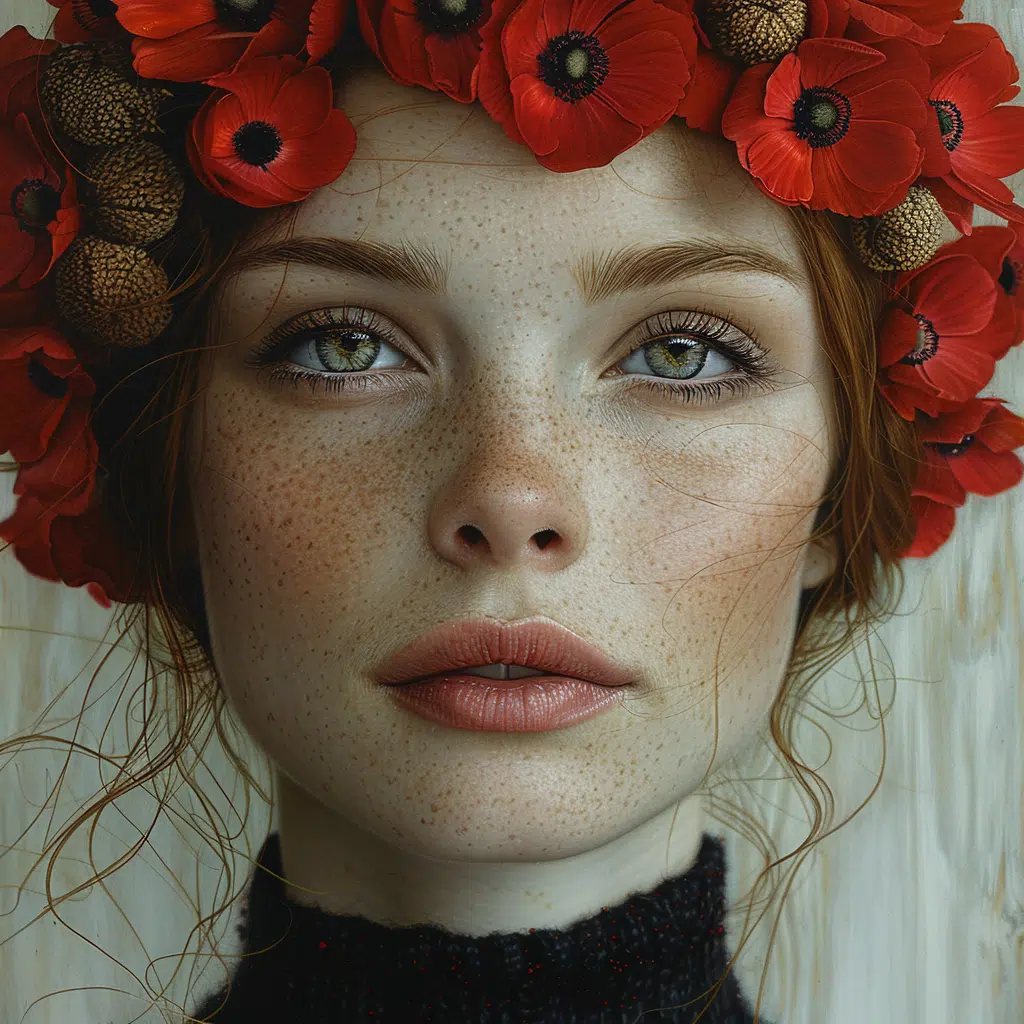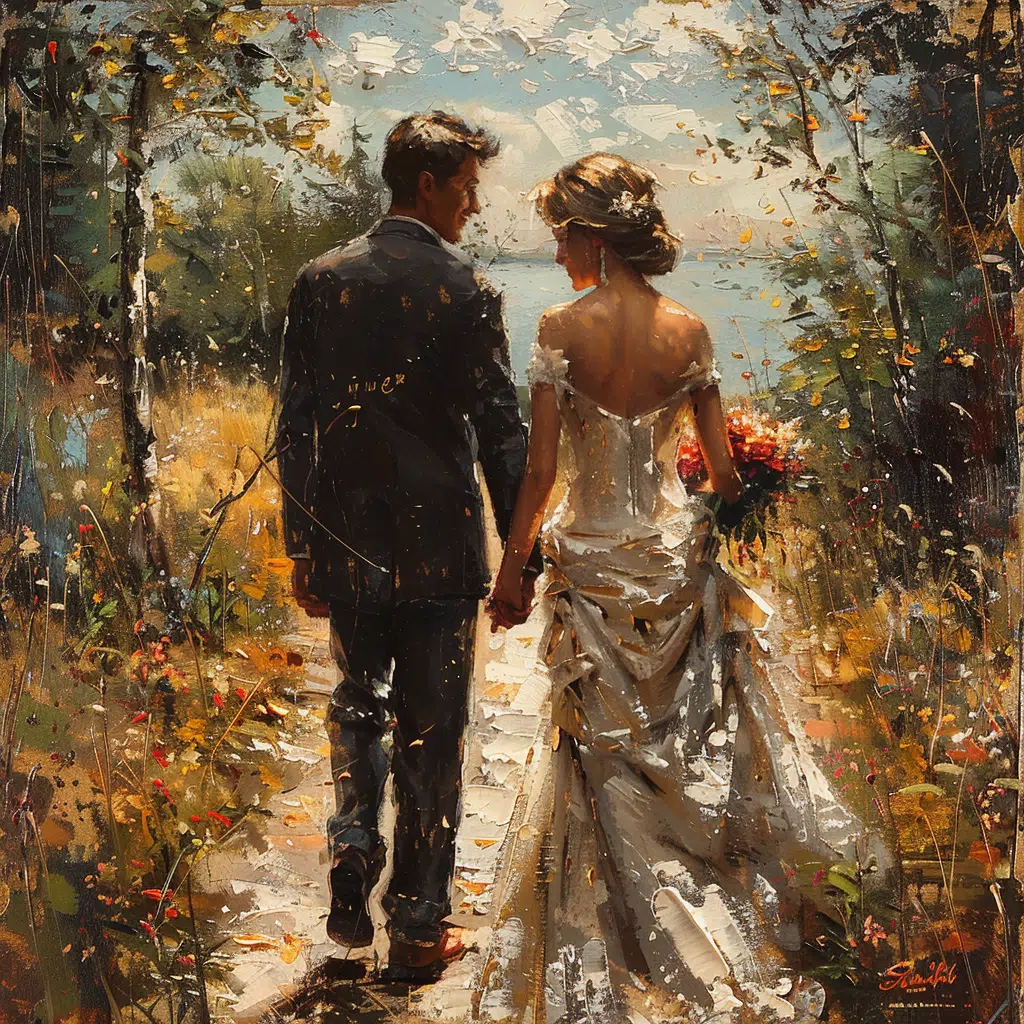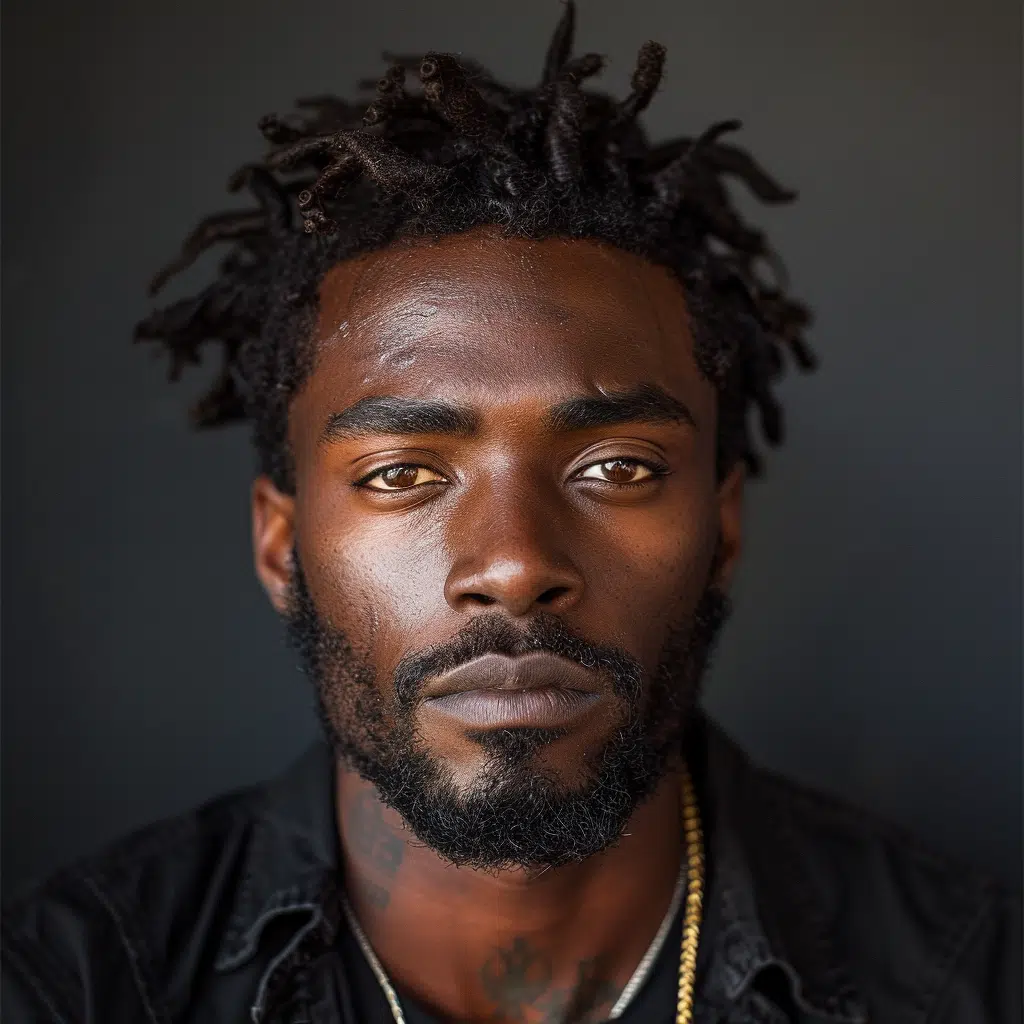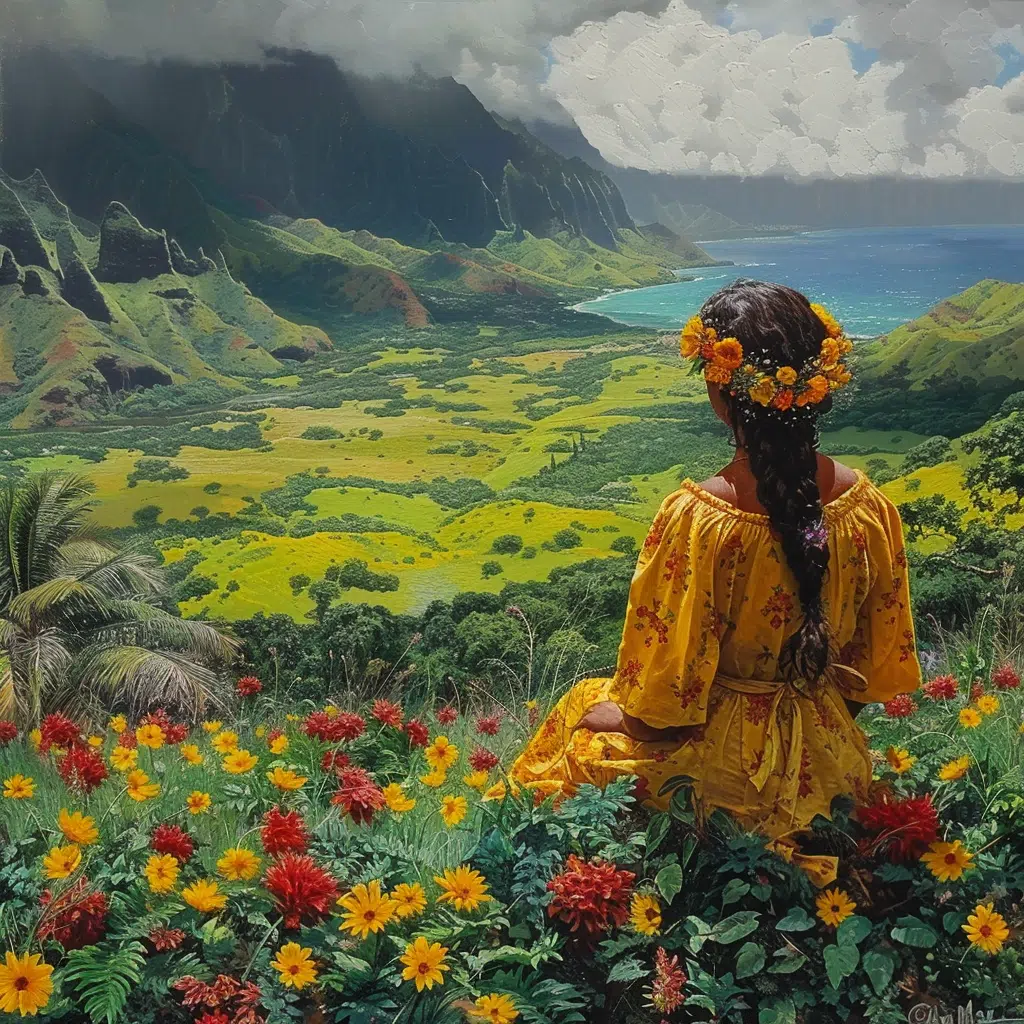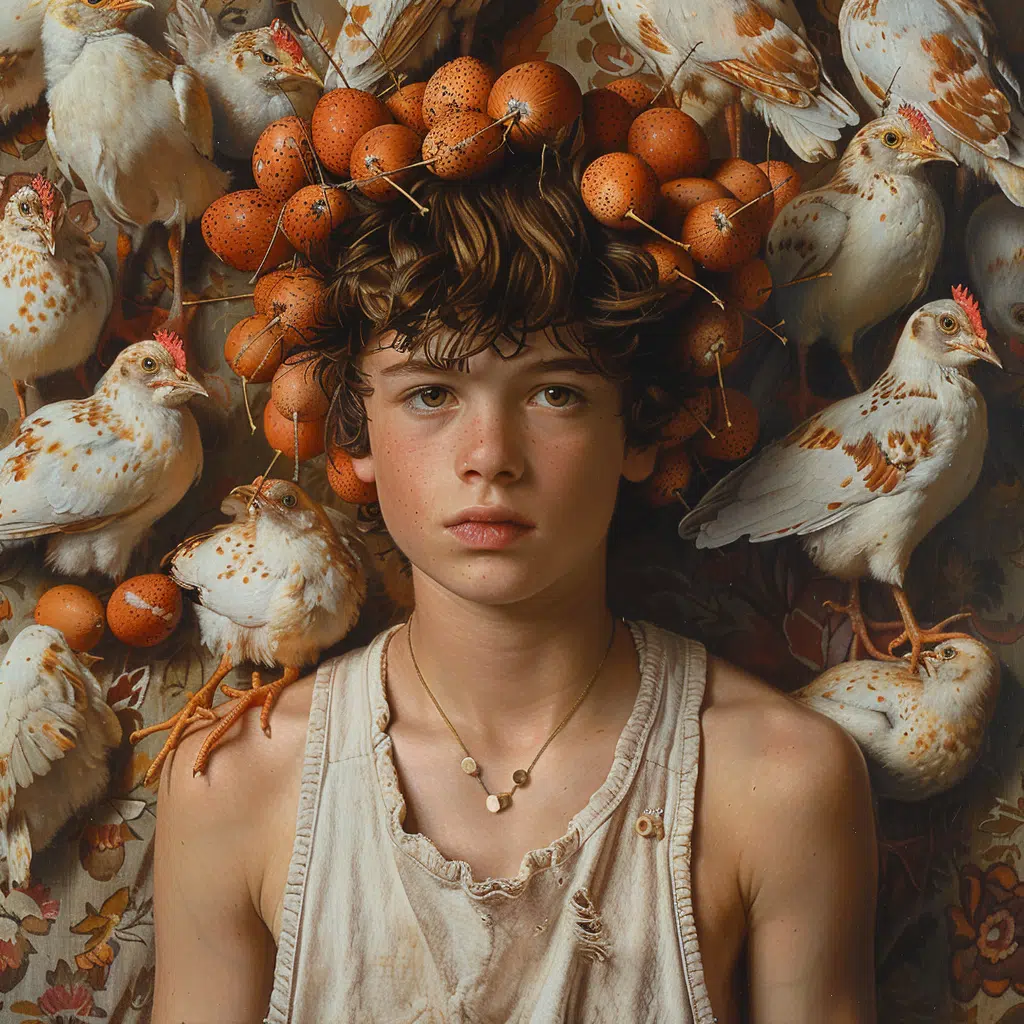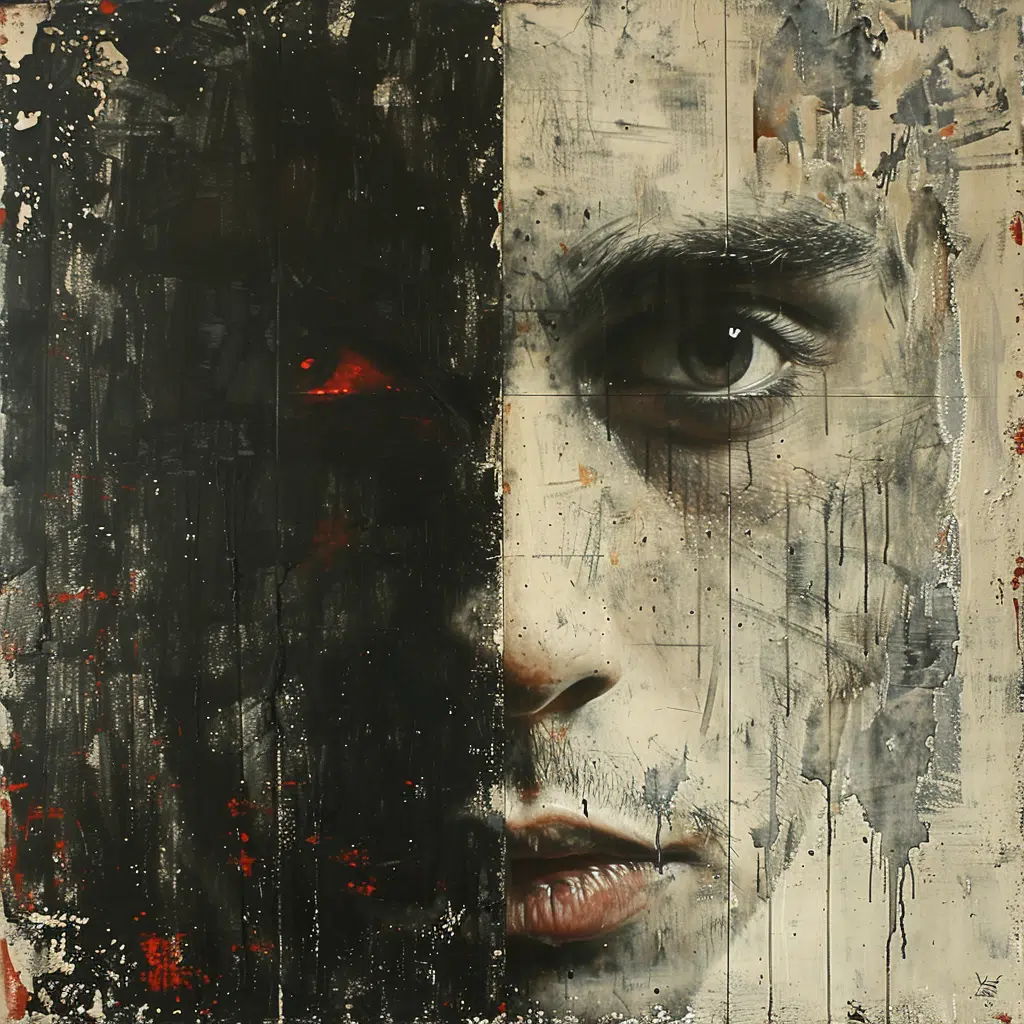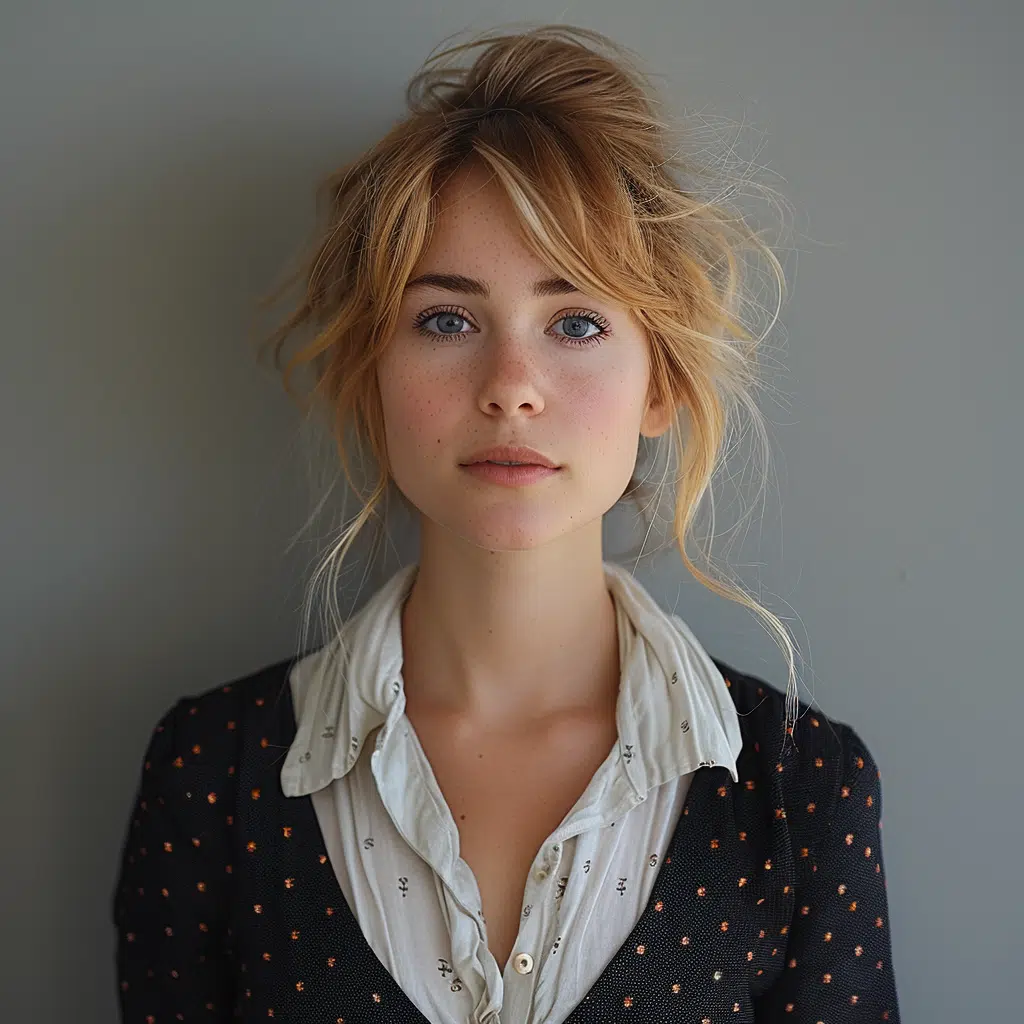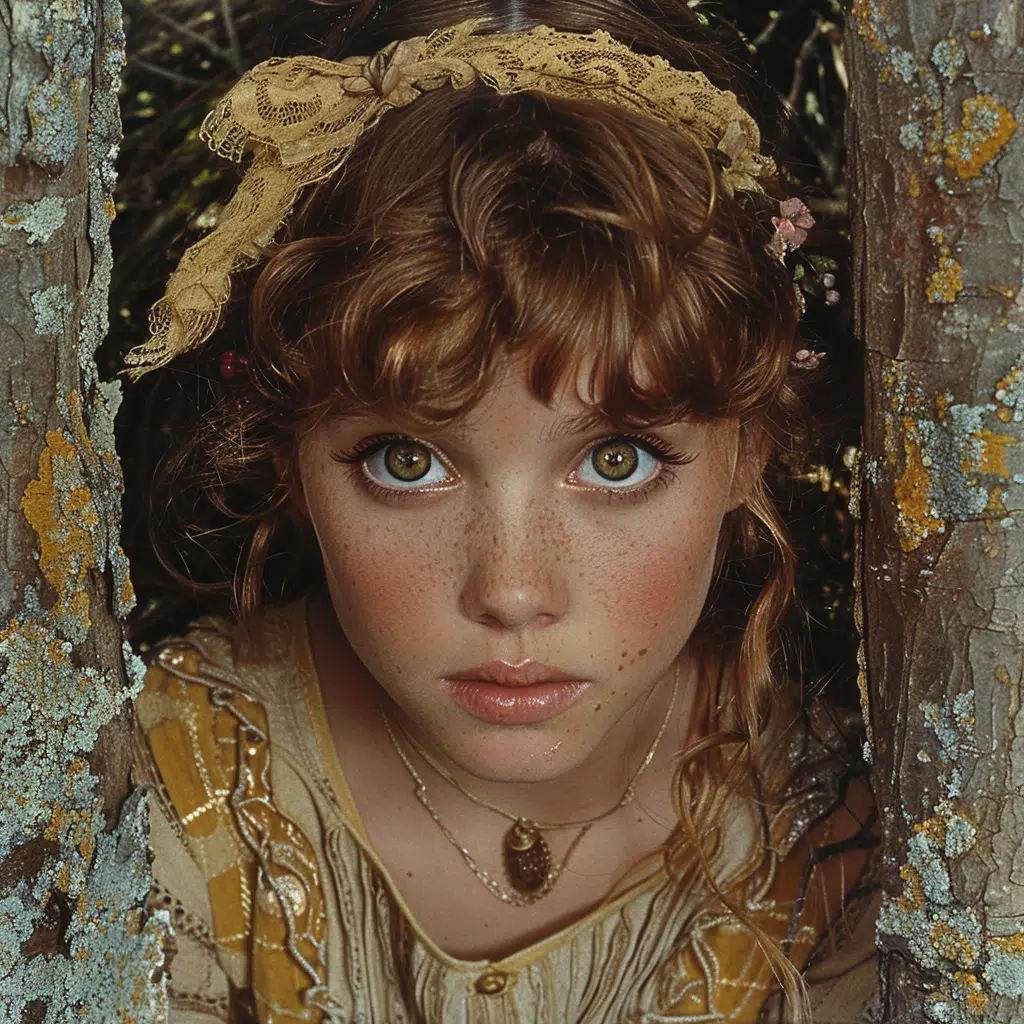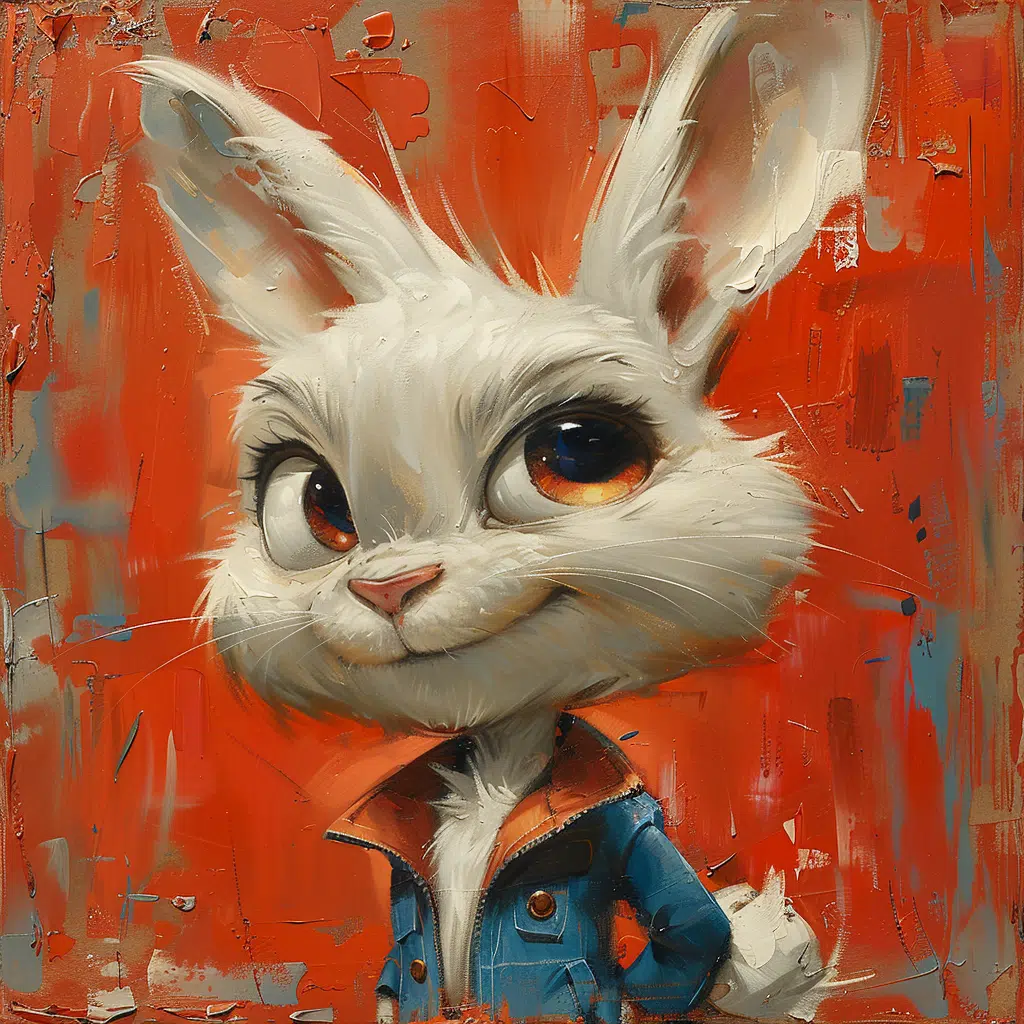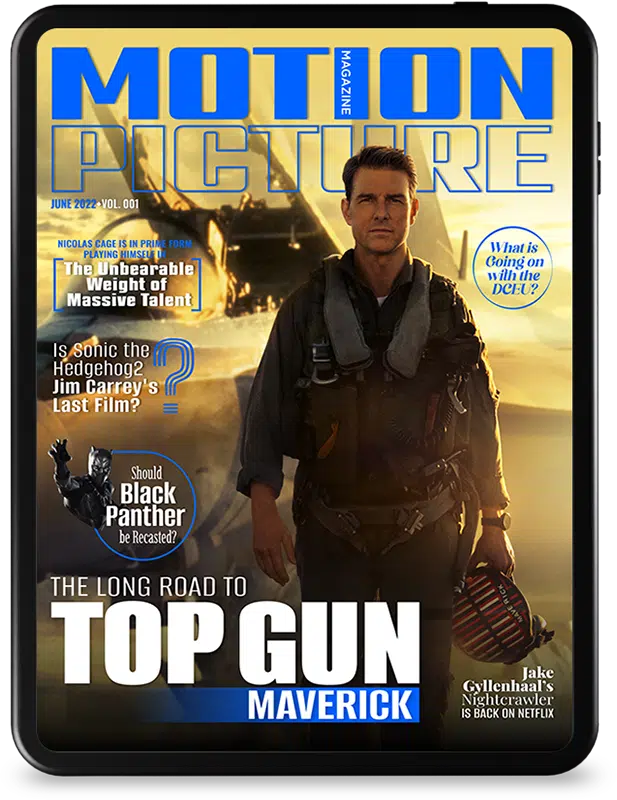Imagine stepping into a kaleidoscope where every turn shatters your expectations of form, color, and message. This is the world of Dibujaron, a maestro of modern art who toys with every shade of human emotion and society’s complicated canvas. His works do not whisper; they scream, disrupt, and engage in a visual dialogue with the beholder that echoes long after the initial encounter. As we unpack the shock and awe embedded in his seven most impactful masterpieces, let’s embark on a discovery of rebellion, innovation, and raw, unfiltered expression.
Dibujaron’s Legacy in Art History
With the stroke of a brush, Dibujaron redraws the boundaries of visual storytelling. Like a modern-day Picasso, he constructs and deconstructs societal norms with daring flair and poignancy. Let’s not mince words — he’s the art world’s renegade, splattering hues of genius across history’s canvas and jolting the complacent into reflection. As we dissect his rise to fame, it’s evident that his art not only hangs on walls but also in the minds and hearts of observers who dare to look beyond the surface.
The threads of Dibujaron’s influence weave through our understanding of existence, challenging conventions with a pop and sizzle that’s become his signature tune. His pieces, as eclectic as they are profound, beckon viewers to question what they know about art, life, and the intricate tapestry that interlaces the two.
The Provocative Canvas of Dibujaron: “The Defiance of Structure”
First up, take a gander at “The Defiance of Structure”. It’s raw, it’s visceral — it’s Dibujaron thumbing his nose at the neat, orderly squares of conformity. His chaotic brushwork ain’t just muddling up the lines; it’s tearing them to shreds and dancing in the confetti of their remains. Vibrant splashes clash in a visual symphony, screaming the question: “Who needs order when chaos looks this beautiful?”
Just as Rudy Pankow brings a fresh, unanticipated dynamic to the screen, Dibujaron does so on this audacious canvas, instigating a movement where more artists dare to scrub off the traditional gloss of structure to reveal something more instinctual, something… real.
| Tense/Mood | Conjugation | Example Sentence | Translation |
| Present (Presente) | dibujan | Ellos dibujan un paisaje. | They draw a landscape. |
| Preterite (Pretérito) | dibujaron | Ayer, dibujaron en la clase de arte. | Yesterday, they drew in art class. |
| Imperfect (Imperfecto) | dibujaban | Siempre dibujaban juntos. | They always used to draw together. |
| Future (Futuro) | dibujarán | Mañana dibujarán el boceto. | Tomorrow they will draw the sketch. |
| Conditional (Condicional) | dibujarían | Dibujarían mejor con práctica. | They would draw better with practice. |
| Subjunctive Present (Subjuntivo Presente) | dibujen | Espero que dibujen la casa. | I hope they draw the house. |
| Subjunctive Imperfect (Subjuntivo Imperfecto) | dibujaran or dibujasen | Si dibujaran cada día, mejorarían. | If they drew every day, they would improve. |
| Imperative (Imperativo) | dibujad | ¡Dibujad el diagrama, por favor! | Draw the diagram, please! |
“Whispers of the Mind”: Dibujaron’s Commentary on Mental Health
Now, hush for a second and listen to the “Whispers of the Mind”. This isn’t just paint on a canvas; it’s a soul’s battlefield made visible. Those shadowy figures and jagged edges? They’re the very depiction of our mind’s fight against the demons of mental health. And doggone, it’s as though the piece is breathing, each stroke pulsing with the quiet torment of thoughts unspoken.
By casting light on the shadows of our psyche, Dibujaron pulls a Christine Lakin — you know, the actress bringing depth to roles often overlooked. He likewise drags the taboo of mental distress into the spotlight, commanding it to perform center stage.
“Echoes of the Sublime”: Challenging Conventions with Dibujaron
Fasten your seatbelts, ’cause “Echoes of the Sublime” takes you on a road trip across the rugged terrain of the sublime. What’s the catch? It’s like Carmel Beach — breathtaking but with waves that could swallow you whole. This masterpiece lures you with the siren call of beauty, then sucker-punches you with the rawness of suffering.
The duality of this piece tests your taste buds — can the bitter and the sweet exist in one sip? Dibujaron doesn’t just give two hoots about conventional aesthetics; he reconstructs them, leaving viewers to stew in a broth of discomfort and awe.
Political Undertones in “The Mural of Dissent”: Dibujaron’s Unapologetic Expression
Now stride into the realm of the colossal — “The Mural of Dissent” stands tall, much like Dwayne Carter iii in a room full of rap aficionados, demanding your attention. Each square inch of this mammoth fresco bubbles with the turmoil of political strife and the stains of social injustices.
Just as the “Back in Black” lyrics rattled the music scene, this mural shatters illusions, painting a ballsy narrative that refuses to be ignored. It isn’t just political; it’s a riot of colors in upswing—a flag hoisted for art’s power to influence change.
The Intimacy of Discomfort: “The Embrace” Through Dibujaron’s Lens
But hang on, let’s pivot to something more… personal. “The Embrace” ain’t your standard Hallmark card illustration. Heck no. Here, Dibujaron explores intimacy with an undercurrent of disquiet, proving that closeness can feel as scratchy as an ill-fitting sweater.
This isn’t about cozy cuddles; it’s an inspection of the push-pull that tugs at our ribs when another soul enters our orbit. With this piece, Dibujaron nudges us to probe our own boundaries, much like tax calculators in Illinois streamline complex fiscal equations. It leaves you pondering the price of human connection and its intricate calculations.
“Nature’s Wail”: Dibujaron’s Environmental Cry Captured
Catch your breath, ’cause now we witness “Nature’s Wail”—a painted howl that resonates with the agony of our Earth. Framing the environmental catastrophe in strokes of despair, Dibujaron doesn’t just sketch the cry of Mother Nature; he screams it from the mountaintops.
Through his lens, deforestation, pollution, and climate change aren’t just bullet points in a news article; they’re raw realities that yank at your soul strings. It’s an environmental SOS that tugs harder than any Dudunsparce in the digital wild.
Innovation and Interval in Dibujaron’s “Tempo of the Times”
Finally, a moment to exhale as we encounter “Tempo of the Times.” This beauty’s a rhythmic dance of form and color that delves into the breakneck pace of our wired lives. Think of Tarantino’s approach to filmmaking—sharp, eclectic, with every frame echoing the zeitgeist.
Dibujaron mirrors this through vibrant abstractions, pressing us to contemplate our sprint through the digital age. It’s a syncopation of the now — each hue, a second on the clock; each form, an app on your screen; each contour, the pulse of the modern heartbeat.
Conclusion: The Enduring Impression of Dibujaron’s Artistic Shockwaves
There’s the rub, folks — Dibujaron’s shocking masterpieces aren’t just gobsmacks for the eyes; they’re wake-up calls for the heart and the intellect. His oeuvre, while splendiferous in its provocations, digs into the meat of what makes us tick, both as individuals and as a collective.
We’re left grappling with questions that stretch beyond the confines of traditional mediums, much like the treasures unearthed in Dvideos. Dibujaron’s legacy won’t be carved from ephemeral shock value; these seven monumental narratives are visceral analyses of our tangled human condition, vibrating through time to inspire, to confound, and to reveal.
So, brushstroke by brushstroke, Dibujaron sketches immortal dialogues into the annals of art history. His masterpieces linger, potent and perpetual, sparking conversations that refuse to dissipate. That’s artistic rebellion at its most sublime — jolting, unapologetic, and eternally etched into the soul of the zeitgeist.
Dibujaron’s 7 Most Shocking Masterpieces
Hold onto your hats, folks! We’re about to dive into the world of Dibujaron, and let me tell ya, it’s a whirlwind of shock and awe. This artist’s work ain’t for the faint of heart. Get ready to have your mind blown with some trivia and facts that’ll have you looking at these shocking masterpieces in a whole new light.
A Taxing Piece of Art
You know how you feel when doing your taxes? A bit like you’re descending into madness, right? Imagine that, but then channel it into art. That’s the sort of genius we’d expect to see from Dibujaron. Take, for example, the piece famously inspired by the complex tax system. It’ll twist your brain more than figuring out the tax calculator in Illinois. Every line in the art twists and turns like the intricate algorithms of tax codes, making viewers feel the overwhelming sensation of navigating through tax season. Simply put, it’s brilliantly bonkers!
Rockin’ the Canvas
All you rock ‘n’ roll fans, buckle up! Dibujaron paid homage to the iconic band AC/DC with an electrifying (pun intended) piece that had fans thunderstruck. Imagine if “ Back in Black ” Lyrics jumped out of your speakers and splattered onto canvas. That’s right, this masterpiece will have you head-banging while you appreciate fine art. It’s the sort of mash-up that hits you like a high-voltage riff. If you’ve ever wondered how rock anthems look like in color and texture, Dibujaron nailed it!
The Unexpected Collaboration
Oh, and get this! Dibujaron once did a collab that no one saw coming—like, seriously, it was more unexpected than finding an extra fry at the bottom of the bag. They paired up with a famous street artist known for his shadows and mystery. Together, they created a piece so jaw-dropping, it was like witnessing a magician pull a rabbit out of a hat, but way cooler ’cause, you know, it’s art.
The Secret Message Mishap
Ever had that moment when you thought you were whispering, but everyone heard what you said? Well, Dibujaron had a bit of a whoopsie with a secret message intended to be hidden in a painting. It was supposed to be a quiet nod to a political movement, but ended up being so blatantly obvious that it was like accidentally blasting your thoughts on a megaphone. Talk about dangling the carrot!
Okay, folks! You’ve had a glimpse into the mastery and mischief of Dibujaron’s art. It’s clear as day that these ain’t your run-of-the-mill paintings—they’re a wild ride, and we’re all just trying to hold on for dear life. Keep on the lookout for the twists, turns, and splashes of genius that are signature to Dibujaron’s work. And remember, art’s like life: full of surprises, so embrace the shock factor!
What are the conjugations for dibujar?
Ah, verb conjugations! For “dibujar,” you’re in for a treat, because Spanish loves to give you a workout. Let’s break it down real quick:
What is the meaning of Dibuja?
– Yo dibujo (I draw)
– Tú dibujas (You draw)
– Él/Ella/Usted dibuja (He/She/You formal draw)
– Nosotros/Nosotras dibujamos (We draw)
– Vosotros/Vosotras dibujáis (You all draw, casual in Spain)
– Ellos/Ellas/Ustedes dibujan (They/You all formal draw)
Is dibujar a reflexive verb?
Whew, it’s like a tongue exercise!
What is the past tense of I drew in Spanish?
“Hold up, what’s ‘Dibuja’?” you ask. Well, “Dibuja” is the third person singular present tense of “dibujar.” It means “he/she draws” or “you draw” (formal). It’s like when your art teacher commands the class: “Class, ‘dibuja’ a tree!” and you all get to drawing.
What are the 6 conjugations of Volver?
Reflexive verbs end with “se” and love to reflect back on the subject, like a boomerang. But “dibujar”? Nah, it’s not one of those. It’s as straight as an arrow – no backflipping action on itself here!
What are the 5 verb conjugations?
Kick it back to the past with “I drew,” or “yo dibujé” in Spanish. This is the first person singular past tense, and it’s like taking a stroll down memory lane every time you say it.
Is dibujar a noun?
Let’s hit the road with “volver,” a verb as versatile as a Swiss army knife. The six conjugations look like this:
What is Daj Boze?
– Yo vuelvo (I return)
– Tú vuelves (You return)
– Él/Ella/Usted vuelve (He/She/You formal return)
– Nosotros/Nosotras volvemos (We return)
– Vosotros/Vosotras volvéis (You all return, only in Spain, keep it casual)
– Ellos/Ellas/Ustedes vuelven (They/You all formal return)
What is the meaning of Tomar?
It’s like a homecoming every time you use it!
What are 3 reflexive verbs?
Conjugations are the backbone of verbs, and boy, do they love to change shapes. Generally, we’ve got:
How do you pronounce Dibujar?
– Yo (I)
– Tú (You informal)
– Él/Ella/Usted (He/She/You formal)
– Nosotros/Nosotras (We)
– Vosotros/Vosotras (You all informal, Spain’s favorite)
– Ellos/Ellas/Ustedes (They/You all formal)
What is the origin of the word Dibujar?
That’s the grand lineup, folks, ready for any verb you throw at them!
Is it correct to say I drew?
Nope,” is what “dibujar” says to being a noun. It’s all verb, all the time – its whole identity is about the action of drawing. It’s like it’s shouting, “Give me a pencil or give me death!
Is I drew correct?
“Daj Boże” takes you on a little cultural jaunt to Poland. It means “God grant” or “God willing” in Polish. It’s like a little prayer tucked into everyday conversation, a charming morsel of hope and faith.
Is Drew transitive or intransitive?
“Tomar” wears a lot of hats in Spanish, but most of the time, it’s simply “to take.” It can also mean “to drink,” slipping into conversations at cafes as smoothly as a coffee slides into a cup.
What are the 6 conjugations of jugar?
Look in the mirror and what do you see? Reflexive verbs, like skilled acrobats, turning the action right back at the subject. Here are three nifty ones:
What are the forms of conjugations?
– Levantarse (to get oneself up)
– Lavarse (to wash oneself)
– Vestirse (to dress oneself)
What are the conjugations of Gustar?
It’s like these verbs are selfie pros!
What are the 6 conjugations for the verb ser in the present tense?
Time to roll the “r” and light up the “j” with “dibujar.” It sounds like this: [dee-boo-HAR]. It’s like your tongue is doing a little dance in your mouth. Get those maracas ready!



